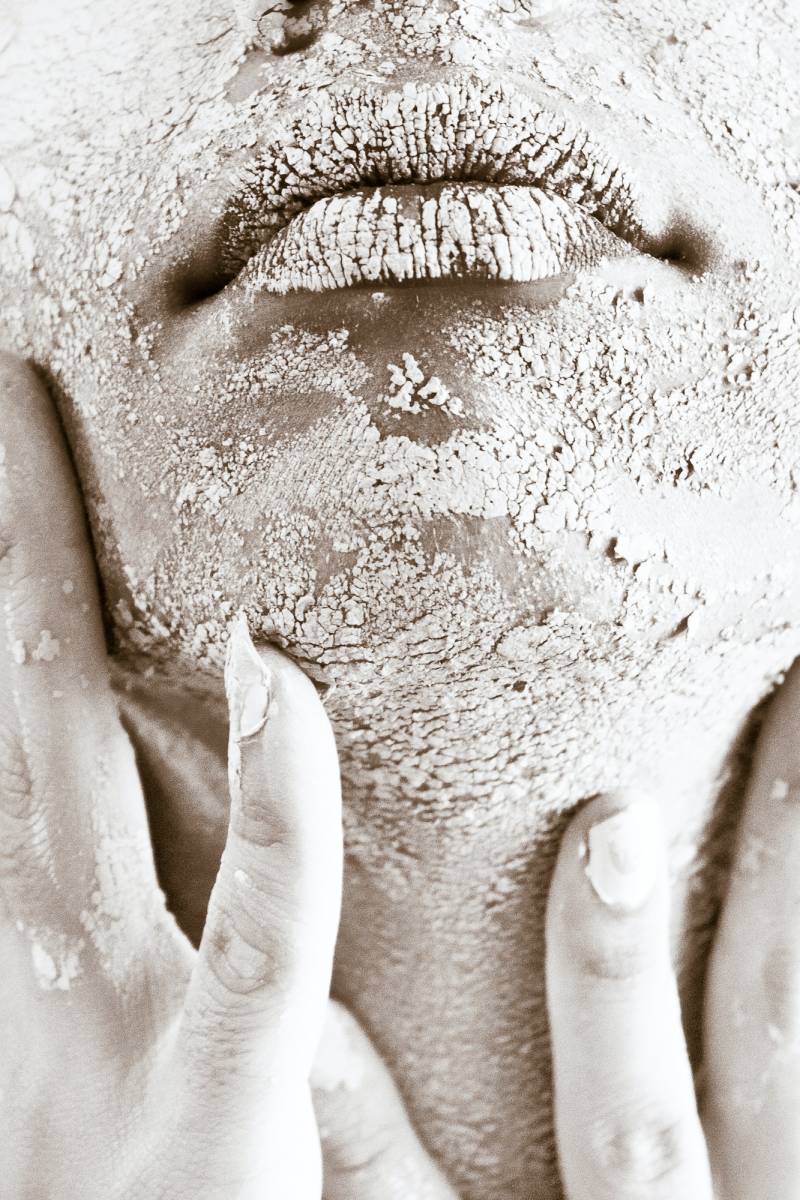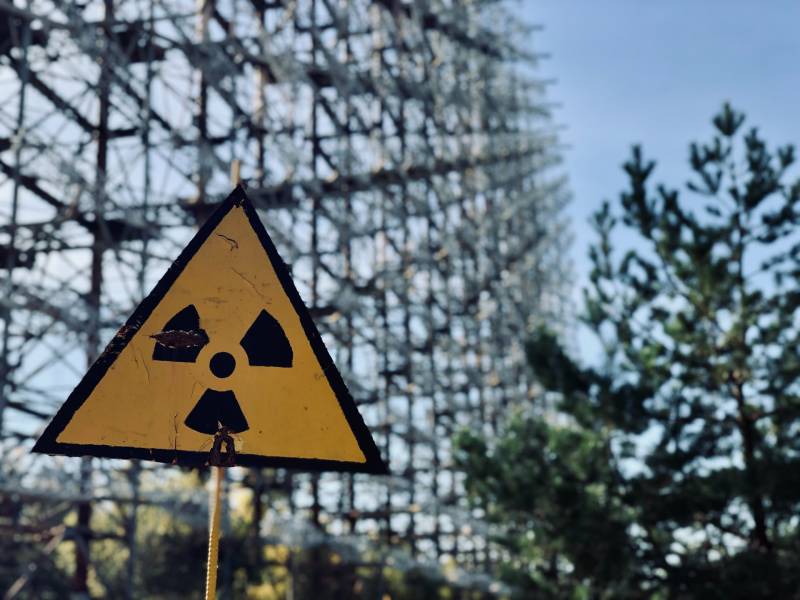Chelation is a chemical process, which in simple word means, binding of two or more chemically different substances to form a relatively heavier molecule or compound. The chelating agent is the substance which forms a chemical bond with any other atom. Chelating agents are also known as chelators or chelants. Many substances are known to have strong chelating effects, but in the recent times, EDTA (Ethylenediaminetetraacetic Acid) has been synthesized and developed as the most commonly and efficiently used chelating agent.

The process of chelation has been studied minutely by chemistry experts and doctors alike, and has been utilized for therapeutic purpose in treatment of quite a few health conditions. This therapeutic utility is known as ‘chelation therapy’. Chelation therapy is used for the purpose of detoxification, in proper absorption of the correct nutrients; it has many pharmaceutical uses as well. The medical field owes a lot to the process of chelation. Studies have revealed that interaction of certain antibiotics with the body system is enhanced if the antibiotics are subjected to chelation first. As of today however, the most significant involvement and use of chelation therapy is in the field of detoxification.
Detoxification, as the word suggests is the process of rendering all the toxins present in the human body harmless and their subsequent removal from the circulatory system. We consume various types of food items in our daily diet, many of which are unhealthy. Outside food is invariably inclusive of artificial food color and preservatives. These substances indirectly lead to the ingestion of indigestible substances which are often toxic. Water supply in most urban and semi-urban areas is via a well organized and constructed pipeline. At times these pipes are made of lead. Lead is a heavy metal which may get inculcated into the drinking water and reach the GIT of the people who consume this water. Mercury poisoning is yet another form of accidental poisoning. It has been said that people who consume fish which has been bred in polluted water, are prone to become victims of this particular form of poisoning. These are just a few examples of how heavy metals or other toxic substances can enter the human body.
It then becomes essential to ensure timely, complete and safe removal of these toxic substances from the body. Chelation therapy is one of the safest and efficient options for detoxification. It is however to be done very carefully and hence requires the presence of medical professionals specially trained in performing chelation therapy in the most accurate manner.
One session of chelation therapy lasts for about 90 minutes. EDTA is the most commonly used chelating agent in this treatment. EDTA is administered into the bloodstream of the patient via intravenous injections. The amount of EDTA required depends on the intensity of detoxification needed in the patient. But all of the amount cannot be administered in a single session. A series of intravenous injections are given to the patient over a span of 30 sessions roughly, in order to administer the full dose needed to fulfill the detoxification completely.
The treatment does not require the person to be put under local or general anesthesia. The patient remains fully conscious throughout the chelation therapy session. As easy and comfortable as it sounds, chelation therapy cannot be administered by any random person. Medical professionals need to undergo training and practice before claiming to be an expert in this therapy.
Chelation therapy is advantageous in many ways. EDTA which is the most preferred chelating agent is also known to have anti-oxidant effect which helps in removal of other calcium deposits and heavy metals easily from the bloodstream. After chelating agents have been administered in the blood stream, the removal of the toxic materials from the body is via the kidneys through the medium of urine. So it does not cause any inconvenience to the patient.
With advancing technology and research, more refined techniques are being invented to make chelation therapy the most preferred way by patients who need to undergo detoxification. Chelation therapy is relatively cost-effective, involves no surgical intervention and causes minimum discomfort to the patient during or after the procedure is executed. These factors will make patients opt for this therapy rather than any other methods for detoxification.



